
 By Natali Moss
By Natali Moss
The first coordinated attacks of drones on refineries and fuel systems began in August, then there were two to three a week, now-four to five, and later they can become daily. Only last week, Ukraine damaged the oil export terminal to Novorossiysk, a refining complex in Bashkortostan, a pump station in Chuvashia and a large refinery in Yaroslavl, which the Russians called "technical malfunction".
In particular, according to the newspaper, on September 25, the Commander-in-Chief of the Armed Forces Alexander Sirsky reported that within the campaign "Deep strike" in less than two months 85 important goals were amazed, which significantly reduced the potential of the Russian military-industrial complex. Analysts note that the attacks on the refinery have the most affected fuel situation.
In August, Reuters reported temporary decommissioning of 17% of capacity, but now according to Energy ASPECTS, this figure exceeds 1 million barrels a day. Some of the damaged plants cannot be recovered quickly. In addition, the head of the Pricing Department of Argus Media Benedict George noted that Ukraine struck 16 of the 38 Russian refineries. Some of them, including a large complex in Ryazan, were blown up to three times, which makes the recovery long -lasting.
The destruction of cracking units that divide oil into gasoline, diesel and aviation fuel have seriously complicated the work of the Russian industry. Because of the sanctions, their replacement is difficult and expensive. As a result of attacks, diesel exports fell by 30%, reaching a minimum since 2020, and the shortage and rise in prices are felt from Vladivostok to the Volga. In Crimea, restrictions on the sale of fuel up to 30 liters per car were introduced.
In response, the Russian Vicemier Alexander Novak announced a partial ban on the export of diesel and the continuation of gasoline restrictions by the end of the year. Carnegie Center Analyst Sergey Vakulenko noted that the oil market in Russia has become "extremely unstable" and the losses of independent companies are increasing. According to The Economist, Ukraine uses different types of drones and missiles, including FP-1 and FP-5 Flamingo.
They are able to overcome more than 3 thousand kilometers, fly at an altitude of about 50 meters and carry the fighting part of more than 1 ton. The rocket production only takes six hours, now Fire Point manufactures up to three FP-5 a day and plans to increase to seven. At the same time, experts note that the successful passage of FP-5 through Russian air defense can raise the campaign "Deepstrike" to a new level.
Unlike Russian aviation strikes in cities, Ukrainian attacks are directed directly at energy infrastructure that provides the Russian Federation. Moreover, the British Strategist Lawrence Friedman stressed that Ukraine is now "lifting" and Russia has no effective means of counteracting blows. The extent of destruction and the scattering of goals creates serious problems for Moscow, which are exacerbated by reducing the efficiency of air defense.


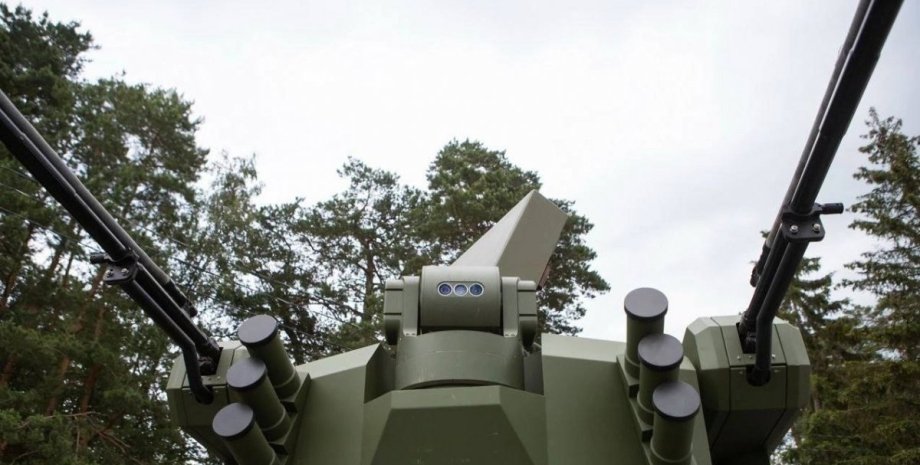
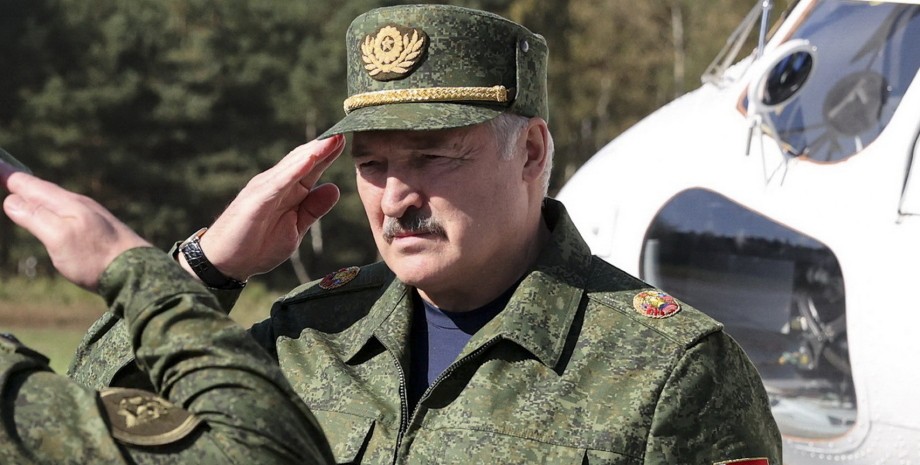
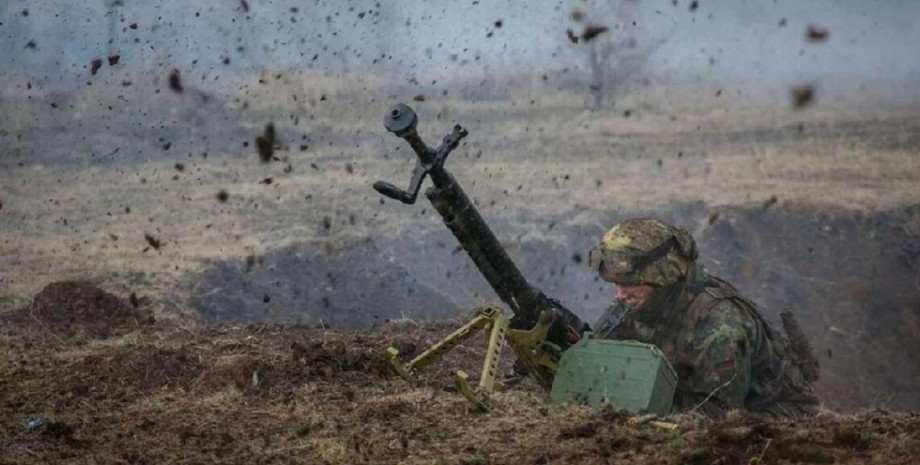

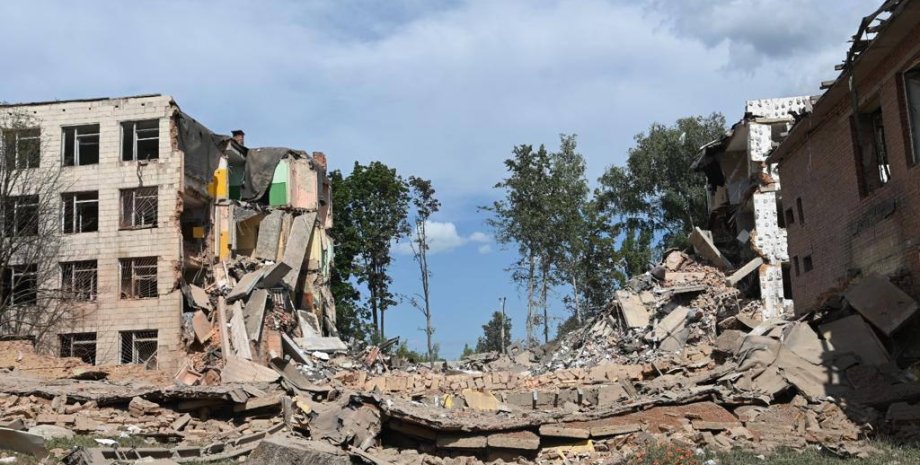
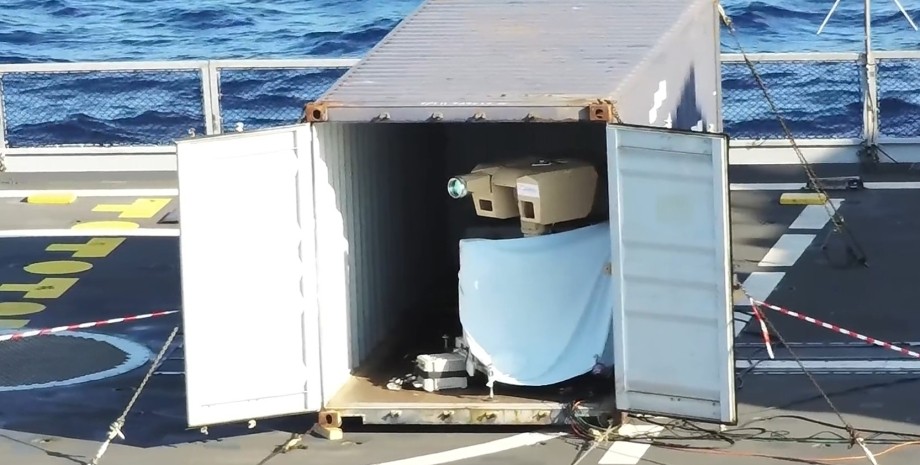

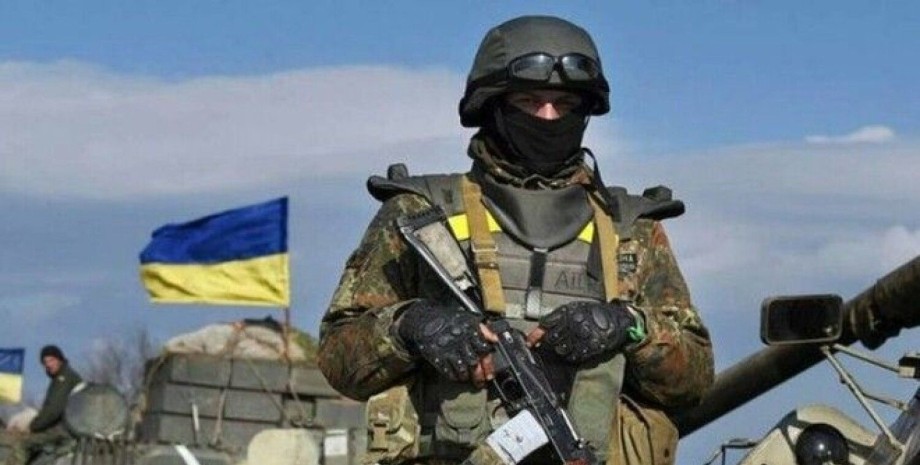
All rights reserved IN-Ukraine.info - 2022